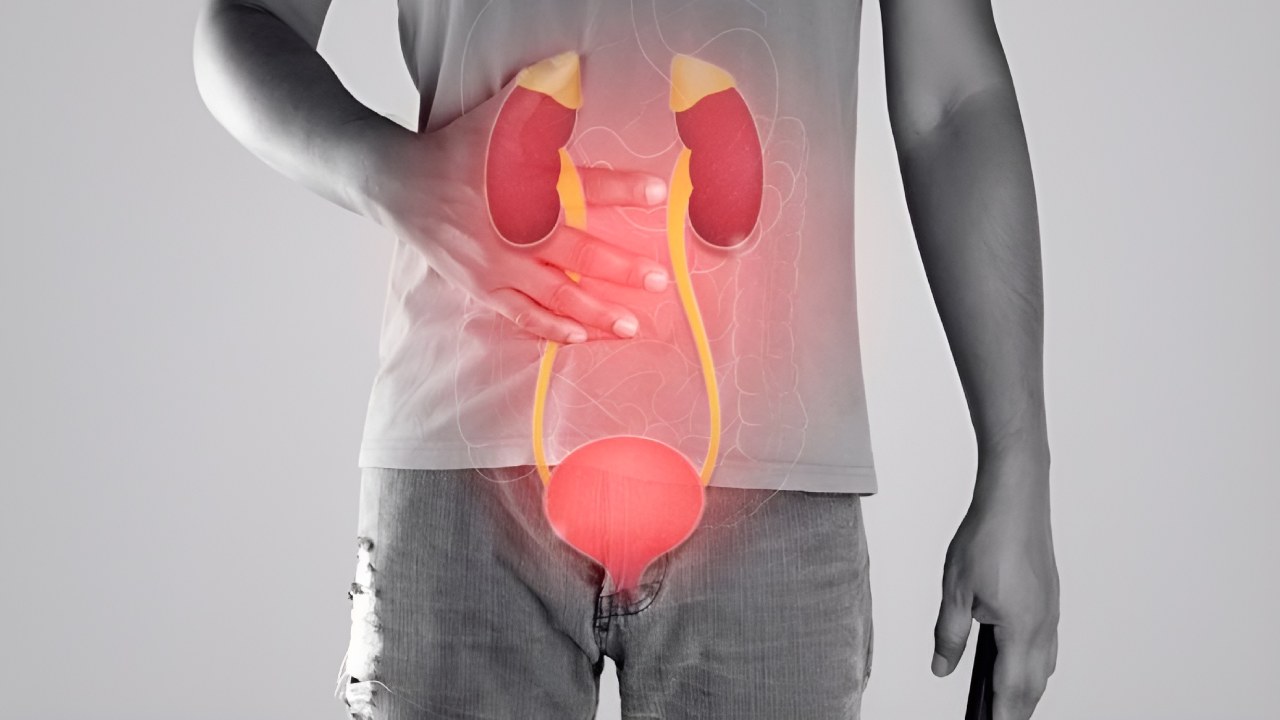After shopping at the market or in a store, we hold on to the receipt given by the cashier within seconds to check the amount we paid. Although some of us throw this receipt away after looking at it, some of us continue to carry it in our pockets or wallets. What if we said that these pieces of paper are not actually innocent at all?
BPA, which is found especially in various paper products such as receipts and receipts, as well as in most things we touch in our daily lives. It is a chemical with a very long history. Unfortunately, even touching it, let alone inhaling or swallowing it, is quite alarming.
So what exactly is BPA and what is it? How does it affect our health?
Bisphenol-A (BPA) has been used to produce strong and durable plastics since the 1960s.
This kind of chemical plastic; found in beverage containers, canned foods, toiletries, dinnerware, safety equipment, auto parts, toys, and various plugs. Among these plugs flight and movie tickets, prescription labels, lottery tickets, grocery and ATM receipts has.

Additionally, BPA is used as a heat-sensitive ink developer in many cash register receipts that use thermal paper. Heat triggers a reaction between dye and BPA This creates the black prints we see on the receipts.
The reason why BPA has become a concern is that this chemical can escape from food and beverage containers and mix with consumed foods.

It is generally not possible to find the phrase BPA on the labels, and it is not possible to detect the contents of these containers without performing various tests. It cannot be determined whether it is BPA or not. So it is almost impossible to avoid this plastic.
Most of the BPA that enters our body through contact is metabolized by the liver and is eliminated from the body through urine. Most studies show that this chemical breaks down quickly, usually within a few hours.

But the amount of BPA exposure is so high that studies show that most people over the age of 6 encounter measurable amounts of BPA in their urine. Additionally, if BPA remains in the body more than it should endocrine disruptor begins to serve as.
In addition to triggering breast and ovarian cancer immunity, thyroid, obesity, diabetes, heart diseases and various metabolic problems can issue an invitation. Again, this chemical can bind to estrogen receptors. In such a situation, various bodily processes such as cell repair, fetal development, energy levels and reproduction are directly affected.
So much so that the damage caused by BPA has been proven even on animals.
One study shows that mice consuming drinking water exposed to BPA had reduced testosterone levels and sperm quality compared to mice drinking BPA-free water. The number of eggs and fertility of female mice exposed to BPA tend to decrease in the same way.
RELATED NEWS
It’s Like Sadistic Horror Movies: Extraordinarily Cruel Experiments on Animals
Although it is not possible to completely eliminate our contact with the chemical called BPA, there are still some points we can pay attention to.

Choosing fresh foods rather than canned ones, drinking water from glass bottles instead of plastic ones, choosing toys with a BPA-free warning, and not using plastic containers in microwaves as more chemicals may be released when heated It is one of the things we can do to protect ourselves from BPA.
Also, to check the shopping amount or in case of any refund. Staying away from receipt and receipt type papers, It is especially important to avoid contact with them. In addition to this hoarding, it would undoubtedly be much smarter to use mobile phones, where we can access and confirm all information from our fingertips.
Our other content that may interest you:
RELATED NEWS
If You Use Plastic Containers When Putting Food In The Microwave, You May Not Like What You Are About To Read!
RELATED NEWS
Why Do Water Bottles Say ‘Expiration Date’? Is Water Really Stale?
RELATED NEWS
